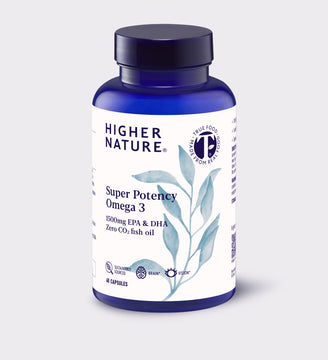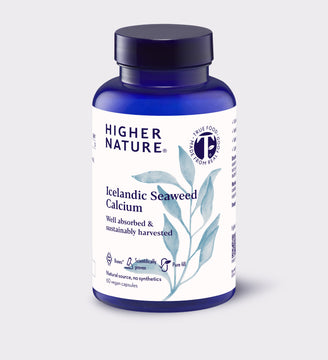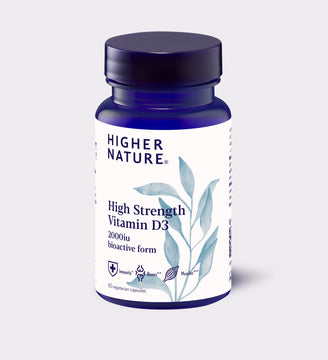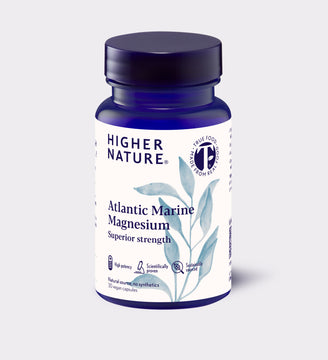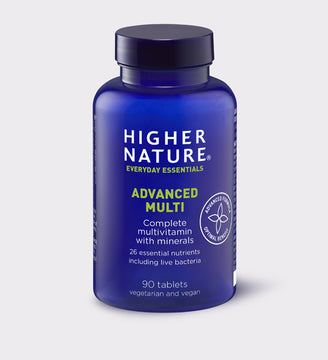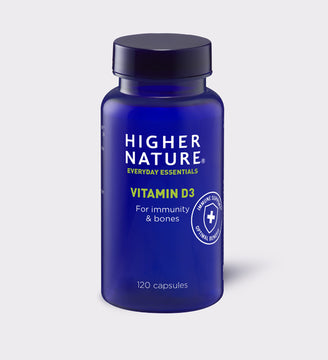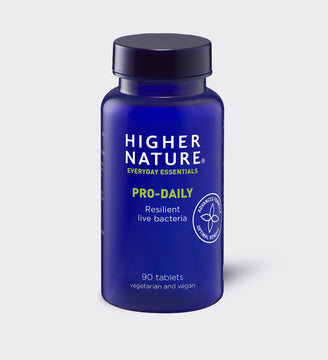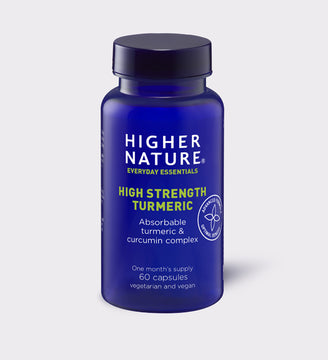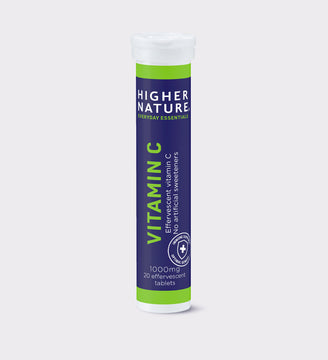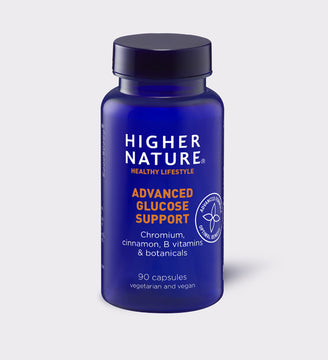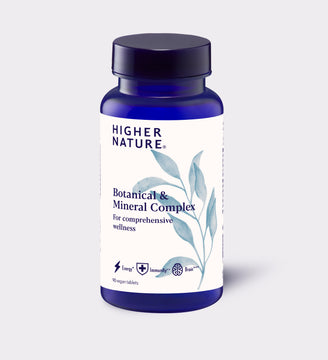
Easing seasonal joint pain
Higher Nature Nutrition Team
Some of us may dismiss this as implausible but studies conducted recently have demonstrated that there is link between weather conditions, in particular relative humidity and barometric pressure, and joint pain. In light of this research, it’s a good idea to take a closer look at how we can support our joints as we head into the seasons of colder and damper weather.
Each of the joints in our body comprises bone, muscle and connective tissue. Synovial joints, which allow us to move, such as shoulders, knees, hips and finger joints, are the ones that most frequently cause pain. The cartilage and synovial fluid in these joints reduce friction, act as shock absorbers and keep the joint freely moving and clear of debris. As we age, and with general wear and tear, these structures can be damaged and levels of synovial fluid decline causing joint pain. The two most common causes of joint pain are osteo and rheumatoid arthritis. Osteoarthritis, generally an age-related condition, mainly affects the hands and weight-bearing joints such as knees and hips.
In this condition, the cartilage degenerates over time causing pain and inflammation. Rheumatoid arthritis is a chronic, autoimmune, inflammatory condition affecting the whole body, but especially the hands, feet, wrists and knees. It is not age related but with time the joints may become deformed causing osteoarthritis too.
Supporting your joints
One of the most effective ways to support joints is through diet. Joint pain is usually linked to inflammation and therefore an anti-inflammatory approach through diet and supplements may help reduce symptoms. A Mediterranean diet with a rainbow of fruit and vegetables, fresh fish, lean protein, nuts, seeds, olive oil and moderate amounts of red wine not only brings the taste of sunshine to the table but is also full of nutrients to help joint health. Whatever the cause of your joint pain, the antioxidants found in such a diet help protect joint structures from damage from oxidative stress. Additionally, the long chain omega 3 fatty acids, EPA and DHA, abundant in oily fish, offer anti-inflammatory support that reduces pain and inflammation.
It is also important to look at other nutrients specifically supporting our joints. Cartilage and other connective tissues need collagen, vitamins C, B3, B5 and B6 along with the minerals magnesium, manganese, zinc, copper and boron to regenerate. Supplemental glucosamine, naturally found in many parts of the joint, may delay the breakdown of cartilage and help rebuild it. Sulphur, found in the compound methylsulfonylmethane, is also a building block for healthy bones and joints.
It has been shown to improve joint pain and swelling in osteoarthritis and it is particularly effective in conjunction with glucosamine. Inflammation can also be assuaged by some commonly found culinary foods. Ginger, celery seed and bromelain, an enzyme found in pineapples, have been shown to reduce pain and swelling in both types of arthritis and may help improve mobility.
Stay active
Exercise can have a significant positive benefit on the health of our joints. Being active has been shown in research to also help reduce pain and improve symptoms associated with joint troubles. Gentle exercise will help improve blood flow to our joints which may help with pain, inflammation and regeneration. Exercise also helps manage our weight, reduce stiff ness and strengthen muscles which help support our joints.
Last but not least, exercise lifts our spirits and helps improve our confidence - both of which can be low when we are suffering pain. With diagnosed conditions, it is always best to follow the advice of your physician but ideally aim for short bouts of regular, gentle exercise on a daily basis. Start gradually and build up as you improve your strength and stamina. Choose an activity that you enjoy, whether it is walking, swimming, cycling or a gentle exercise class like pilates or yoga.
